T2 Blog
Here we cover a variety of subjects including organisational development, organisational design, organisational culture, organisational change, employee engagement, sales process, Feedback in the workplace, customer service, sports performance, professional development and performance psychology.





















